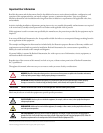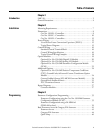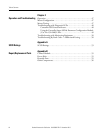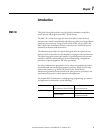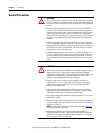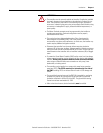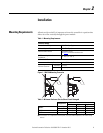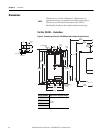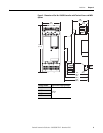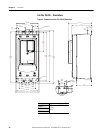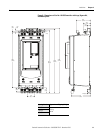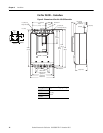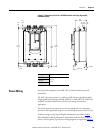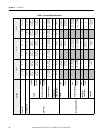
Rockwell Automation Publication 150-QS003D-EN-P - November 2013 5
Introduction Chapter 1
ATTENTION:
• The controller must be correctly applied and installed. If applied or installed
incorrectly, damage to the components or the reduction in product life may
occur. The system may malfunction if the following wiring or application
errors occur: undersizing the motor, using an improperly sized controller, using
an incorrect or inadequate AC supply, excessive ambient temperatures, or
power quality.
• The Motor Overload parameter must be programmed by the installer to
provide proper protection. Overload configuration must be properly
coordinated with the motor.
• This product has been designed and tested as Class A equipment for
electromagnetic compatibility (EMC). Use of this product in domestic
environments may cause radio interference, in which case, the installer may
need to employ additional mitigation methods.
• Disconnect the controller from the motor before measuring insulation
resistance (IR) of the motor windings. Voltages used for insulation resistance
testing can cause silicone-controlled rectifier (SCR) failure. Do not make any
measurements on the controller with an insulation resistance (IR) or Megger
tester.
• To protect the Smart Motor Controller (SMC) and/or motor from line voltage
surges, protective modules may be placed on the line, load, or both sides of
the SMC. Do not place protective modules on the load side of the SMC
when using an inside-the-delta motor connection or with pump, linear
deceleration, or braking control.
• The controller can be installed on a system with power factor correction
capacitors (PFCC). The PFCCs must only be located on the line side of
the SMC. Installing PFCCs on the load side will result in SCR damage and
failure.
• The ground fault sensing feature of the SMC-50 is intended for monitoring
purposes only and not as a ground fault circuit interrupter for personnel
protection as defined in Article 100 of the NEC. The ground fault sensing
feature has not been evaluated to UL 1053.
• After a short-circuit occurs, device functionality must be verified.




